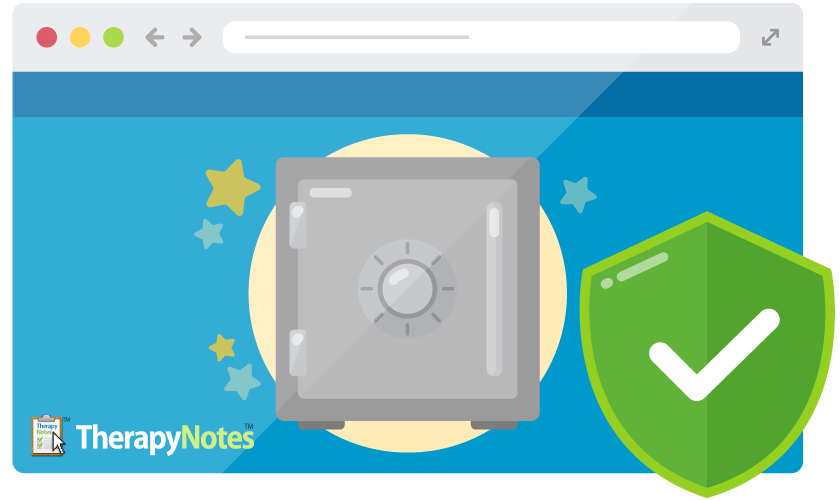Should I Accept EAPs in My Private Practice?
By Dr. Ajita Robinson on October 30, 2019

An Employee Assistance Program (EAP), also referred to as a wellness program, is designed to offer access to a variety of services, including mental health care, to employees of an organization. The program provides employees with free access to short-term, solution-focused care that is generally time-limited. EAPs often help increase access to care and, as a result, give clinicians a way to serve clients who may not otherwise be able to afford mental health services.
EAPs differ from commercial insurance plans, and there are several potential benefits to consider when thinking about whether to accept EAP plans in your private practice. Let’s take a look:
- EAPs are easy to join. EAPs often have a straightforward credentialing process. Some plans make it as simple as calling and asking to be added, verifying your information as a valid healthcare provider, and signing a contract. Others may require an application.
- EAPs have incentive to negotiate rates. EAP plans typically pay less than commercial plans and private pay, and reimbursement rates can vary widely per plan. However, as with any plan, providers should ALWAYS negotiate rates. EAPs have some incentive to negotiate rates so that they can increase access to care. Plus, because the care is short-term, the increased cost is typically for a shorter period than traditional health care services.
- Accepting EAPs may help you build your caseload. EAPs may enable you to see clients during the daytime, and you can also use the time during the EAP period to determine if the client is a good fit for your practice. Although you’re required to provide EAP clients with two or three referrals for continuing therapy, many clients choose to remain with the counselor well after their EAP benefits have been exhausted.
- EAPs open the door for additional income. Most people don’t consider that being in-network with an EAP also offers the opportunity to establish rapport with the EAP in addition to the local employers who utilize the program to support their employees. Most EAP plans also pay for facilitators to come in a few times a year and speak or train on a wellness-related topic. This is another way to earn income and build relationships with employers and community members. Do you have a relationship with the EAP coordinator in your area? If not, be intentional about building that relationship and becoming a trusted resource for their members.
- Billing is less complex. Compared to commercial insurance plans, billing EAPs is straightforward: the CPT code for all services billed under EAP plans is 99404, regardless of whether it's an intake session or a therapy session. However, be sure to pay attention to any billing nuances. Be aware if the EAP plan requires additional forms—plans like Magellan and Cigna, for example, have specific forms that the client is required to complete and sign. Additionally, plans like Cigna use the EAP Authorization Number as the Member ID on electronic claims.
However, we won't pretend that it's all roses. Be mindful of the following when working with EAPs:
- As mentioned, the reimbursement rate for EAPs are often less than your commercial insurance reimbursement rate. This can be difficult to justify because you’re taking a financial hit, albeit temporarily, when choosing to accept EAP clients.
- It's important to read your EAP contract extensively. Some EAP plans address the notion of cancellation fees, and some allow you to charge the client a cancellation fee. Then again, there are other plans that don’t offer either, and some allow you to charge only under a specific set of circumstances (e.g. after the second no-show/late cancellation). Understand your contract, but also remember that some contract terms can be negotiated. Think about what works and what doesn’t work for your business.
- EAPs often require additional assessments and documentation that you’re expected to complete within a certain time frame. This is another thing to manage on top of the normal documentation you're already required to complete.
- EAPs may require that you hold your claim submission until all sessions have been completed. This delays reimbursement, but it's only temporary. Ask if there is a way to submit the claim after each session rather than waiting. I’ve found that, often, an exception is available that they may not otherwise notify you about. At the very least, it doesn’t hurt to ask.
- Claims submission and payment may be manual and, again, may delay reimbursement. While most have moved to electronic submission, some EAPs don’t support this option. Inquire about an option to sign up for electronic claims submission or if claims can be submitted via fax.
- EAPs may have a shorter claims filing deadline, giving you limited time to file claims. If you are prone to being backed up on paperwork, this can cause problems. I always encourage timely claims submission so that we don’t run into the issue of being outside of the filing period. If you find yourself in this position, this is essentially lost income because you cannot bill the client.
Overall, choosing EAPs that align with the population you serve in addition to your business model can be an effective way to serve more clients and increase your referrals. To get started, here’s a downloadable list of some of the EAPs that we think you should know about.
* The content of this post is intended to serve as general advice and information. It is not to be taken as legal advice and may not account for all rules and regulations in every jurisdiction. For legal advice, please contact an attorney.
About Dr. Ajita Robinson
Get more content like this, delivered right to your inbox. Subscribe to our newsletter.
More Content You'll Enjoy

Medicare Telehealth Update: New In-Person Visit Rules Effective January 2026

Building a Leadership Team
